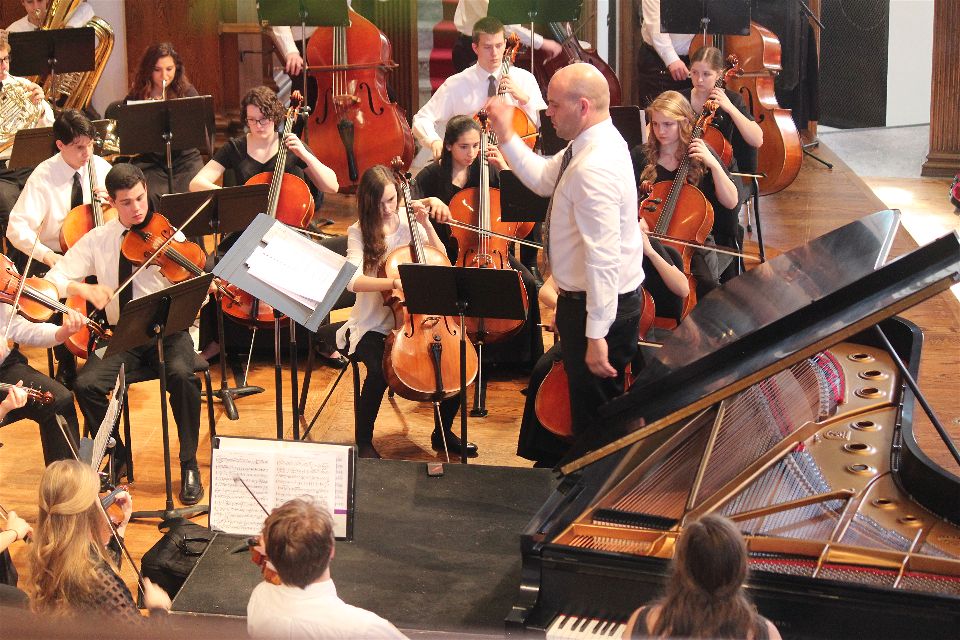1. Begin as early as possible. Ability development begins at birth. Formal training may be started at age 4.
2. Move in small steps. This way, the child can master the material with a total sense of success, thus building confidence and enthusiasm for learning. Each child progresses at his/her own pace.
3. A parent attends all lessons. This way the parent can understand the learning process and feel secure when working with the child as home-teacher. The most important ingredient for success is the family’s willingness to work closely with the child and the teacher.
4. Daily listening to recordings of the Suzuki repertoire, as well as good music in general, is the nucleus of the Suzuki approach. The more the student listens, the more quickly he/she learns. The approach evolved from the way children learn to speak their native language.
5. Introduce note reading and music theory when the child’s aural and instrumental skills are well established; just as we teach children to read a language only after they can speak. This enables the main focus of the teacher’s and student’s attention to be on accurate intonation, beautiful tone, and musical phrasing as part of the student’s earliest training.
6. Follow the Suzuki repertoire sequence. In this way each piece becomes a building block for the careful development of technique. Standardized repertoire provides motivation for the student to learn pieces more advanced students are playing. Frequent review of the older pieces in the student’s repertoire is the secret to mastering skills.
7. Create a positive, enjoyable learning environment – both at home and in the individual lesson. Much of the young child’s motivation comes from enthusiasm for learning, the desire to please, and the encouragement of parents and teachers. When working with children, we should remember Dr. Suzuki’s idea that we must come “down to their physical limitations and up to their sense of wonder and awe.”
8. Group lessons are an essential part of the Suzuki approach. Children learn from seeing and hearing advanced students. They love to do what they see other children do. Group lessons teach ensemble playing and aid in reviewing pieces. Group lessons are fun!
9. Foster an attitude of cooperation and not competition among students and parents. Encourage students to support each other’s accomplishments.




